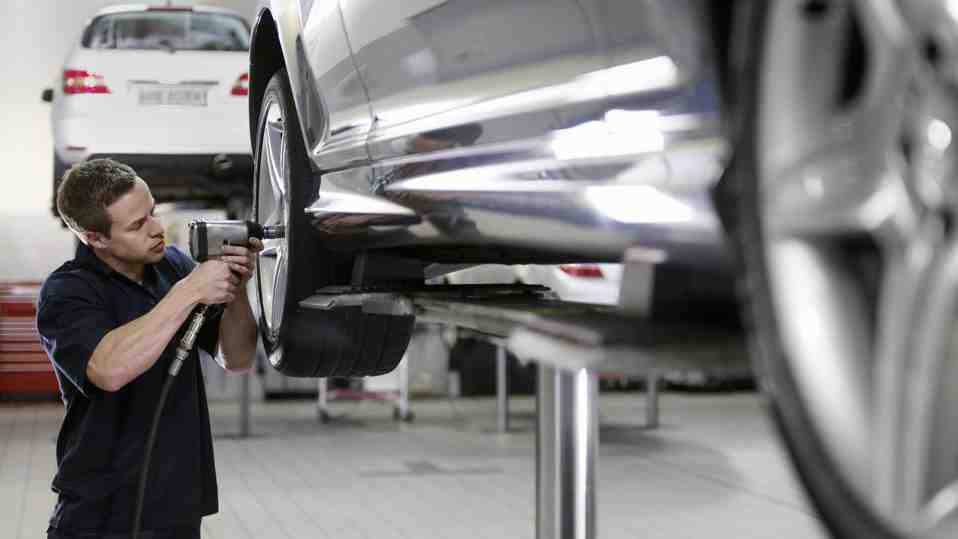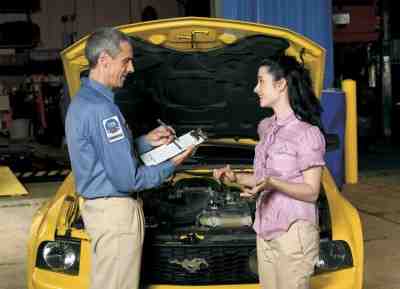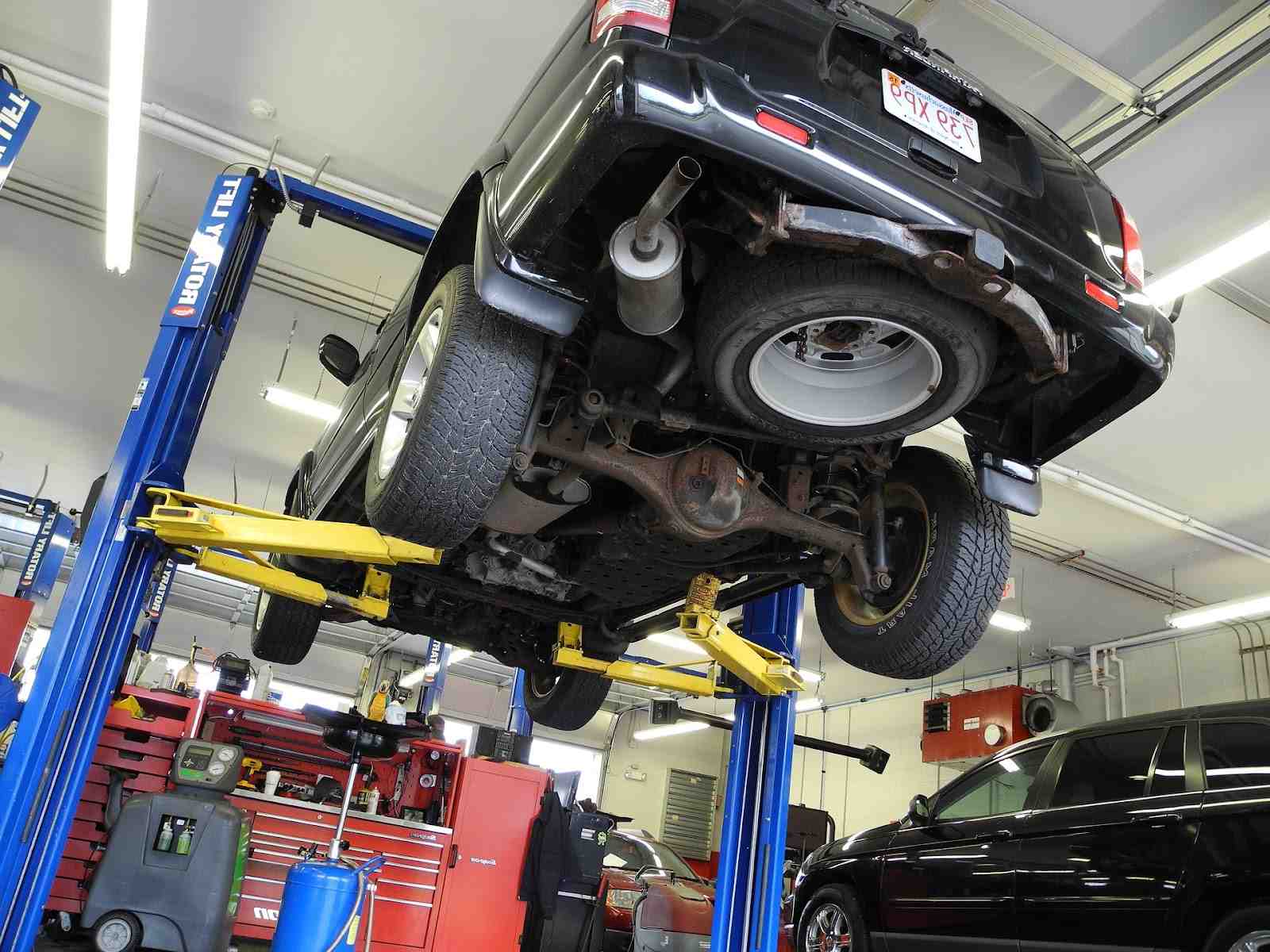What is mechanical damage roof?
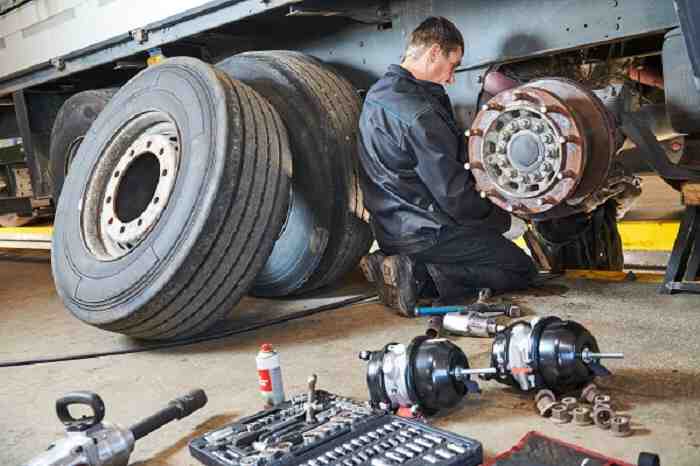
Mechanical damage occurs when the roof of a house and its parts are punctured, punctured, or otherwise unnecessarily damaged. Read also : Can a Body Shop match factory paint?.
How do you explain the collapse of the sky? Always wearing it on your roof can look like faded paint, dark spots or uneven shingles on your roof, or high electricity bills from a downturn. Damage to the ceiling will look like missing or cracked shingles, water dripping in your attic, or damage to light.
How do you know if your roof has damage?
9 Signs With Heavenly Disruption See the article : What’s the difference between an auto body shop and an auto repair shop?.
- Collection of Granules. As your sky grows, granules are released due to time and materials. …
- Locked / Off Locks. …
- Broken, Broken, or Folding Shingles. …
- Missing Shingles. …
- Praise the Injury. …
- Water Deterioration on Walls or Ceilings. …
- Problems in the Attic. …
- Size of Harmful Shingle.
What should I look for in a damaged roof?
When inspecting asphalt-shingled roofs, look for loose, broken or cracked shingles. Watch for any turbulence or cracks in the shingle, as it indicates that moisture has penetrated the shingle. Shingle with any damage should be replaced immediately to prevent a fall or increase damage to the structure.
How do I know if my roof is repairable?
Finally, consider the severity of the injury. If it is a small mark, such as shingle is missing, you should be able to fix it without issues. If the defect ends on the roof of the house, you can replace a few shingles to fix the problem.
What does mechanical damage mean?
Mechanical damage losses due to mechanical performance. Mechanical damage to a pump can be defined as the physical damage caused by contact between a pump and an object. Read also : What is Autoshop?. Mechanical damage leads to material failure, and failure leads to material failure.
What does mechanical mean for a car?
Mechanical vehicle means any motor vehicle driven under its jurisdiction including the vehicle as defined under the Motor Vehicles Act.
What is an example of mechanical damage?
Mechanical defects can occur from a variety of sources. For example, repeated stirring can deplete wood. This type of damage is most commonly seen on wooden stairs or planks as the wood ends on the most moving parts of the tread. Abrasion can be easily detected and corrected.
What causes mechanical failure?
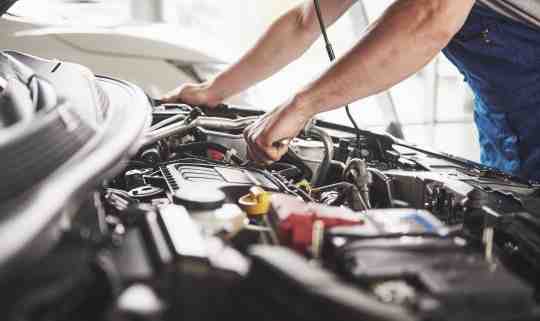
In the case of abnormal vibrations, the main causes are: defective brakes and gears, mechanical failure and mechanics in motors, problems caused by instability, imbalance or unstable bass, bent brakes, pulley or band failure, mechanical gaps, aerodynamic or hydraulic. problems, etc.
What are some examples of mechanical failure? Mechanical Failure
- Water out of PRVs (Pressure Reducing Valves)
- Failure of turbine blades in power plants in many countries.
- Failure of a thrust bear in a gas turbine.
- Compressor failure in many applications including petrochemical plants.
- Electric cars do not work well in different applications.
Why do mechanical parts fail?
Mechanical wear occurs when objects are lost from a machine due to movement and contact between them. In other words, they rub against each other. Abrasive wear occurs when partial contamination causes excess wear.
What are common causes of equipment failure?
Reason # 1: Malfunctioning Users of equipment are such a group. They receive in-depth training on proper use, problem solving, and best practices for safe use of the equipment they are working with.
What is responsible for the majority of mechanical failures?
The issues of Tire and sin are one of the main causes of mechanical failure. Even well-maintained tires may be subject to forced changes if temperature and weather conditions change, disrupting performance. Older or worn-out tires can also reduce control and safe operation.
What are mechanical failures?
Mechanical Failure (Mechanical Failure) means failure due to material defects or design. Mechanical Failure does not include defects due to normal wear or inadequate machine application and / or repair; Example 1. Example 2.
What is mechanical failure in aviation?
Flight Failure The fuselage, landing gear, wings, empennage, and other components must meet the strictest aircraft compliance standards.
What is mechanical failure material?
Common types of mechanical defects include: Failure and fractures due to stagnant weight, cracks that are brittle or ductile. Clocking in columns due to overcrowding. Yields under static loading which will lead to instability or overcrowding in some areas.
What is responsible for the majority of mechanical failures?
The issues of Tire and sin are one of the main causes of mechanical failure. Even well-maintained tires may be subject to forced changes if temperature and weather conditions change, disrupting performance. Older or worn-out tires can also reduce control and safe operation.
What is a major mechanical problem?
Major mechanical problems in the car, truck, SUV, RV, van, motorcycle or boat used mean that it was ready for the yard riddle. Although some vehicles with mechanical issues can be manipulated, they may not be safe for drivers and drivers. It may be an auto-remembering auto that has not been fixed which has caused the machine to malfunction.
What is the percentage of mechanical failures?
According to the federal government statistics, about 2% of motor vehicle accidents are caused by electrical failure. Often, failure results from incomplete or defective components.
Is the example of mechanical fault?
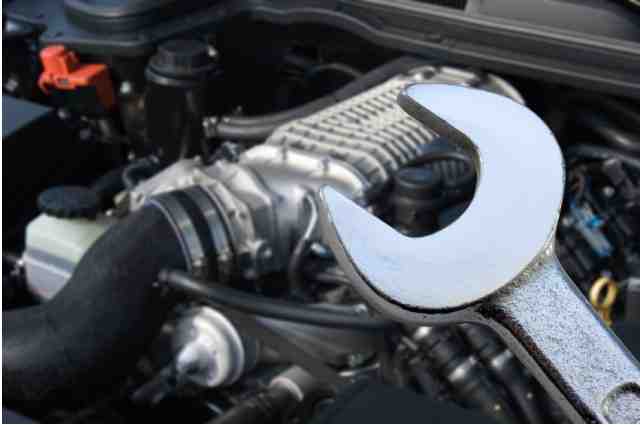
Examples of typical engineering research include: pump, valve and shipwreck, corrosion of materials, manufacturing tolerance issues, engine failure, furnace, boiler and HVAC malfunction and customer product failure.
What is a mechanical error? Mechanical, structural, and electrical impairments affect the integrity of the asset and function affect the performance of the equipment, cause accidents in your area, and create significant risks for employees. Errors include any unexpected discontinuities in normal operation of tools and equipment.
What is a mechanical failure causing a machine or equipment to malfunction?
The term “machinery failure” or “failure” usually means that the machine has stopped working the way it was designed or manufactured. This is called the “loss of benefit” of a machine or component.
What are mechanical failures?
Mechanical Failure (Mechanical Failure) means failure due to material defects or design. Mechanical Failure does not include defects due to normal wear or inadequate machine application and / or repair; Example 1. Example 2.
What is an equipment failure?
Equipment failure refers to any incident in which any device cannot perform its purpose or function. It could also mean that the machines have stopped working, are not performing as required, or are not performing as expected.
What are the types of mechanical failure?
Other types of mechanical failure machines are: deformity, fracture, ductile fracture, brittle fracture, bruising, crawling, resting, oil shock, wear, rust, rust instability, and various types of fatigue.
What are mechanical failures?
Mechanical Failure (Mechanical Failure) means failure due to material defects or design. Mechanical Failure does not include defects due to normal wear or inadequate machine application and / or repair; Example 1. Example 2.
What are the four different types of failure mechanisms?
On the equipment, there are four Failure Mechanisms: rust, erosion, fatigue and overheating. While faulty systems that exist in many areas in nature, may or may not be present in the working area of the asset.
What is the most common type of vehicle failure?
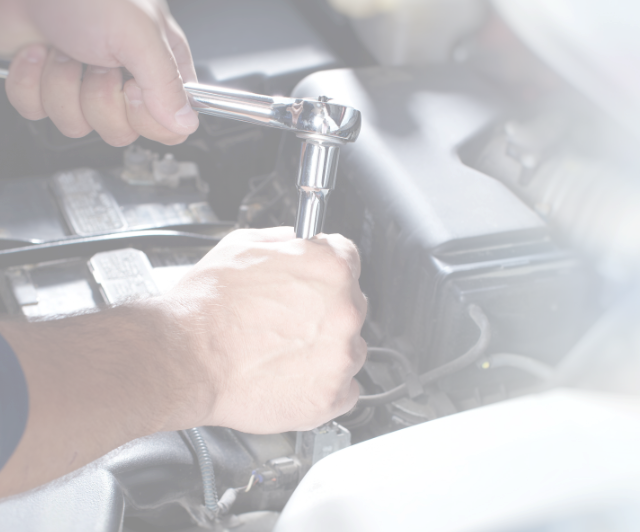
According to the Crash Stats report, “the tire pressure accounted for 35% (± 11.4%) of the accident” in which the vehicle’s failure caused the accident. This makes tire failure a common cause of car crashes.
What are the major mechanical problems on the car? Brake failure is one of the most common causes of mechanical problems that cause car accidents. Although many modern cars are equipped with two brake systems to reduce the risk of engine failure, it is still a major problem.
What are the 3 most common accidents?
Knowing that driver error is the main cause of a good start, but it does not tell us what types of accidents are most common in the US. : rear-end collisions, corner accidents, and side swings.
What are the most common type of accidents?
Back-to-back injuries include the highest rate of injury-related injuries, at 33 percent, while corner collapse accounts for 26 percent of all fatal crash injuries, according to 2017 data from the National Highway Traffic Safety Administration (NHTSA).
What is the most common vehicle accident?
Rear-End Collisions: The Most Known Type of Danger As indicated by their name, a back-and-forth collision occurs when one car hits the back of another vehicle, reports NHTSA. Many people mistakenly assume that the rear driver is responsible for these rear accidents.
What are the most common car accident?
According to the National Highway Traffic Safety Institute (NHTSA), a car crash in front is the most common. In 2019, there were 2.8 million forward errors. This means that two or more cars collided head-on. The second type of collision was in the background, with 1,570,000 collisions.
What is the #1 type of car accident that occurs in the US?
Accidents That End Back The National Highway Traffic Safety Administration reports that back-and-forth collisions are the most common occurrence on U.S. roads, accounting for 29 percent of all accidents.

